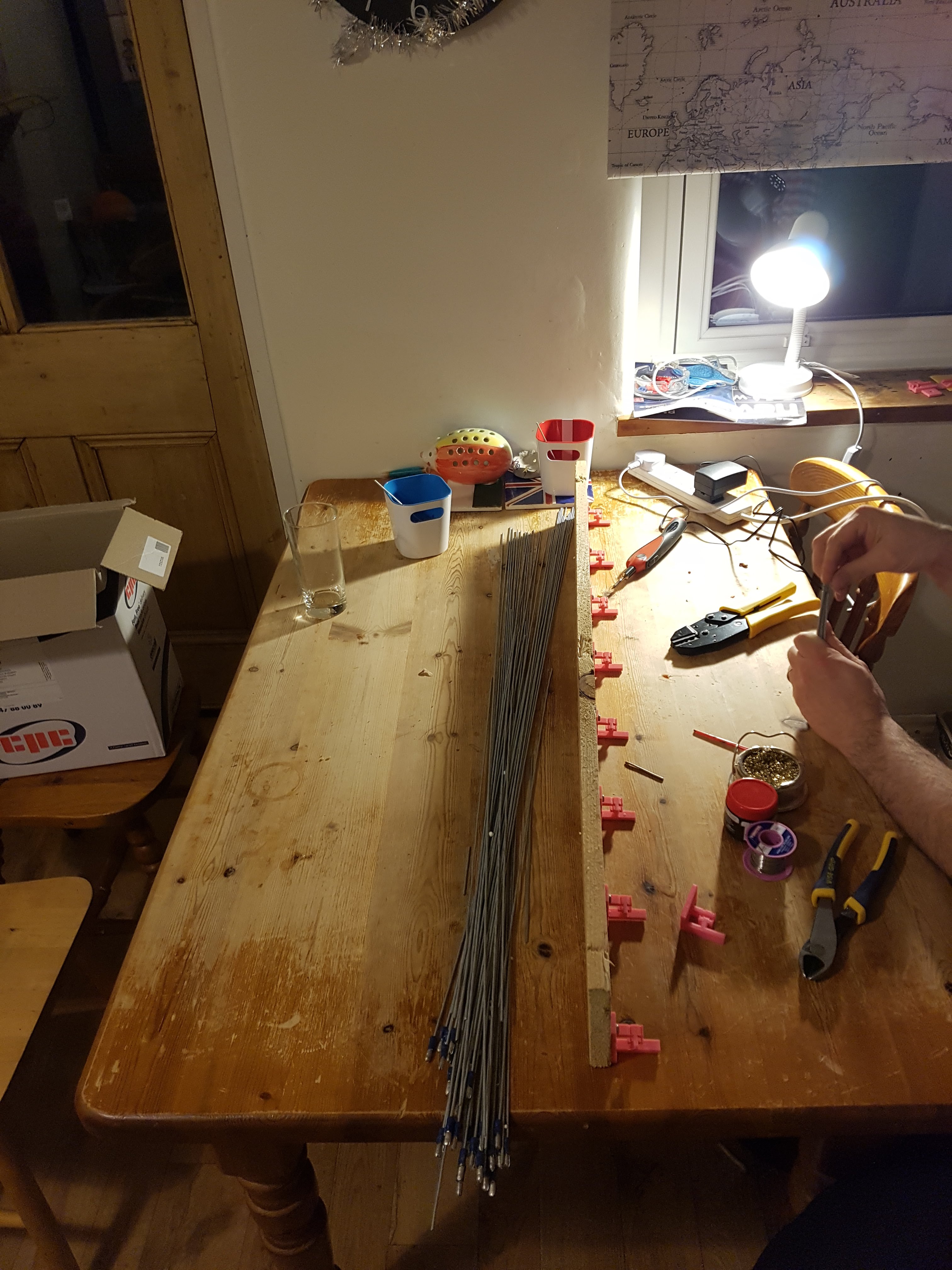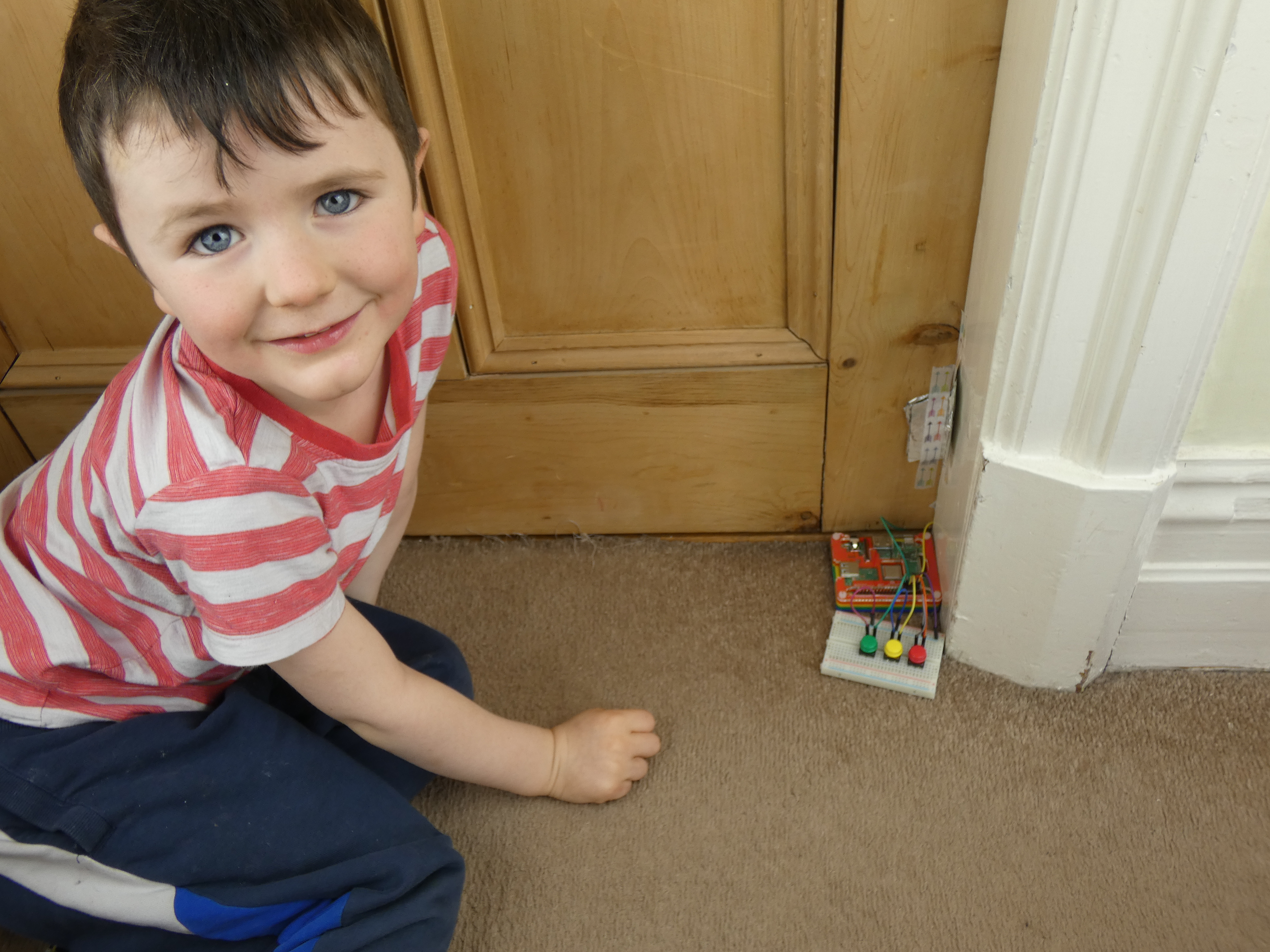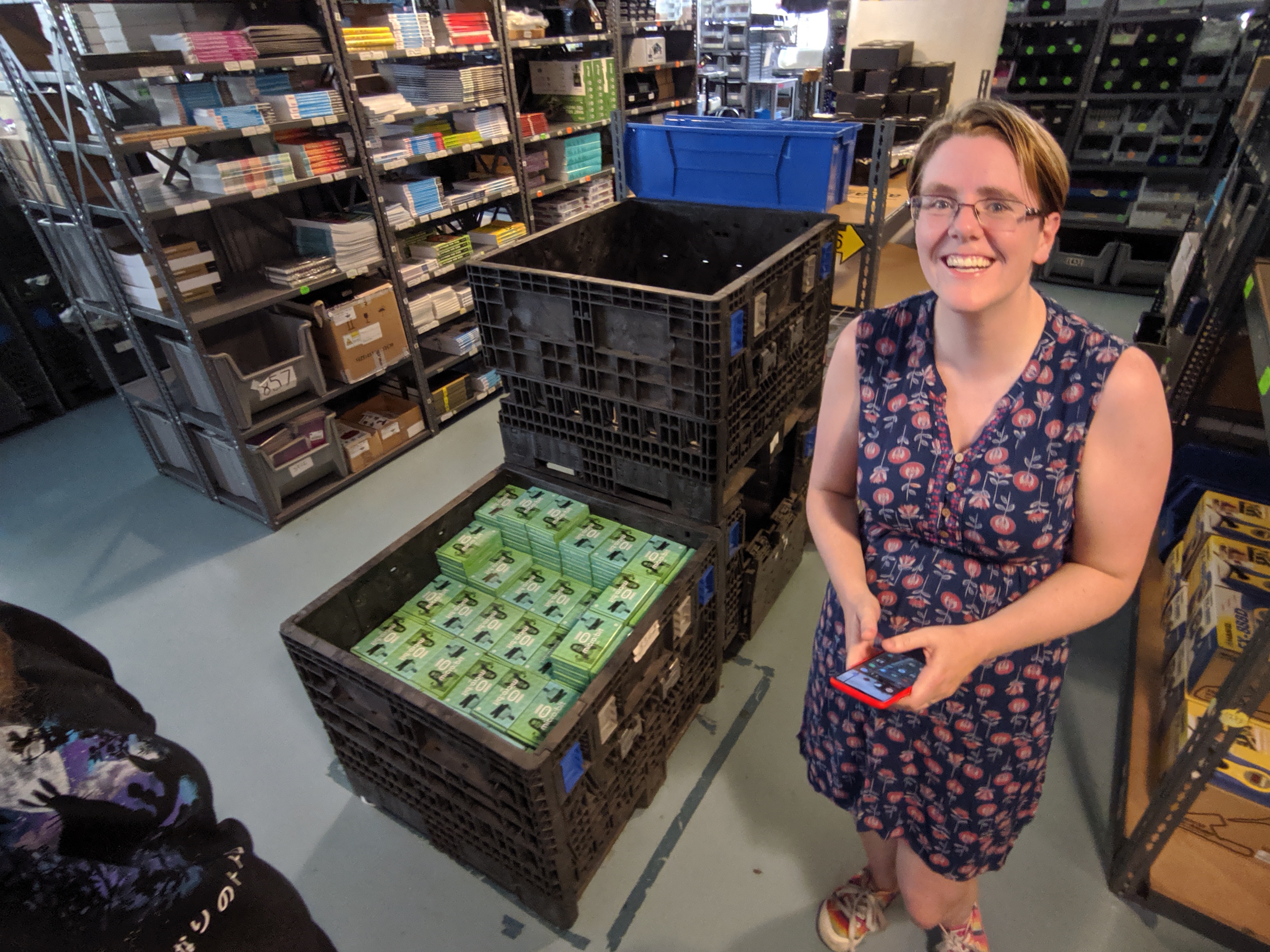James is a senior learning manager at the Raspberry Pi Foundation as a former teacher he is passionate about supporting teachers develop and apply effective teaching approaches for computing. pedagogy and training. James enjoys learning new maker skills from knitting and croquet to programming and 3D design. He’s a bit of a space enthusiast as well as an adult fan of lego and has combined his passions to send Lego minifigs to near space using a Raspberry Pi.
There is actually no such thing as a single Raspberry PI model, The Raspberry Pi ecosystem now consists of a range of single board computers and accessories like it’s camera or sense-hat board. The hardware is developed by the Raspberry PI Foundation in the UK and since the first model in 2012 their products have been in high demand.
Over the years and with more powerful models of the Raspberry Pi released, many researchers and also developers for commercial projects started using the Raspberry PI. But still, the educational roots are strong and lot’s of educational software and projects are available for this small, low cost computer.
This is the first episode that focuses exclusively on the Raspberry PI and together with James, we’re trying to give you a good overview of the Raspberry Pi itself,the educational software and content that are available. There is literally a universe of Raspberry Pi projects out there, so we’ll focus on some of our favourites and highlight these.
Shownotes
]]>Lorraine Underwood is from Ireland and lives in the UK with her husband and two young boys. She is a trained secondary school teacher in Information Communication Technology and currently works at Lancaster University as a Senior Teaching Associate, teaching Applied and Creative Computing to undergraduate students.








Images: (c) Lorraine Underwood – used with permission
In 2016 Lorraine attended Raspberry Pi’s picademy and it opened her eyes to the Maker Community. Lorraine is a Maker who works mainly with lights. Her aim is to inspire adults and children to learn how to code. Lorraine runs weekly coding lessons for children and is also a Scout leader! She loves to teach children and open their eyes to the possibilities of technology.
Her book – Save the World with Code – that just recently got published in May 2020, includes 20 fun projects for the Raspberry Pi, the Adafruit Circuit Playground Express and the BBC micro:bit. She’s really chosen the top educational boards out there with the biggest communities – that’s a guarantee for a lot of fun and if needed excellent support, too. And the really cool thing is that very often you can choose which tool to use for the particular project – so for most of the 20 projects, you get to choose which tool you want to use!
Shownotes
]]>Sam is the creator of Sonic Pi, and also an educator, musician, and was previously also a researcher at the University of Cambridge in the UK. He has created and contributed to an impressive array of open source projects – just one of them is Sonic Pi, which we are focusing on for this episode.

Sonic Pi, is an essential part of the so-called live coding music scene and was originally built and designed specifically for education. The fact that it is now an important part of the live coding scene plays a huge role for education, too, as many of the children in workshops or at school will find it super inspiring and motivational to know that some of the top artists in this genre are making use of Sonic Pi. In the shownotes, I’ll put a link to a recent article in the NY Times that describes this fascinating development of the music scene.

Let’s now take a look at Sonic Pi – it’s software that is available for all major operating systems – Mac/Windows/Linux. You can also run Sonic PI very easily on Raspbian, which is the most widely used OS the low cost Raspberry PI.
The Sonic PI website explains the key benefits very well:
- Simple enough for computing and music lessons.
- Powerful enough for professional musicians.
- Free to download with a friendly tutorial.
- Diverse community of over 1.5 million live coders.
So here’s a quick practical description of how Sonic Pi works. After opening the program, you add and modify code in the large editor screen. Once you hit run, that code, which creates music, is run and you get immediate feedback for your creation. You’ll now modify and enhance your code and learn about the specific functions to play and modify sound while having a lot of fun.

The last thing to note for this quick intro to Sonic Pi is the excellent tutorial. It’s not only up to date, but also integrated well into the Sonic Pi application which makes first steps very easy.
Sonic Pi is coding + music education – something I wish I had when I was young. How did your music lessons look like?
Shownotes
]]>Besides founding multiple companies among which SwitchDoc Labs is one of them, John is actively giving talks and publishing papers about computer science related topics. He has served as Professor of Computer Science at Eastern Washington University and is also an Associate Research Faculty at the University of Idaho.
In this episode, our main focus is on the SkyWeather Station. In short: SkyWeather is a project kit with which you can easily build a cloud-connected weather station. It is a perfect technology project to learn all about the weather and how to sense the environment around you. And even though is makes use of a lot of sensors and even the very famous Raspberry PI single board computer, there is absolutely no soldering required!
When it comes to the measurements that you can perform with the SkyWeather station, the list is quite impressive: you can measure:
- Barometric Pressure
- LIGHTNING!
- Outside Temperature
- Outside Humidity
- Altitude
- Inside Temperature (in box)
- Inside Humidity (in box)
- Air Quality – AQI (your own local Air Quality Sensor)
- Sunlight
- Wind Speed
- Wind Direction
- Rain
So that is really all you ever wanted to measure about the weather! I’d say if you and your kids understand half of all these measurements at the end of such a project, you’re good to go when it comes to weather!
In this episode, we announce a special promo code for the SkyWeather Station which gives you $100 off the normal retail price. Offer valid until Dec 22 2019.
Shownotes
- SwitchDoc Labs
- John Shovic on Twitter
- Book Voice Time – Connecting Raspberry PI to Amazon Alexa
- Book Python All-in-One for Dummies
- Book Raspberry PI IoT Projects
- SkyWeather
- WeatherSTEM
- AMS Lightning Sensor – super deep dive

- Maker John Besedic explaining his SkyWeather on Youtube
- The latest OurWeather on Kickstarter
- Book: Python All-in-One for Dummies
- MouseAir Cat Toy
- SwitchDoc Labs Store





